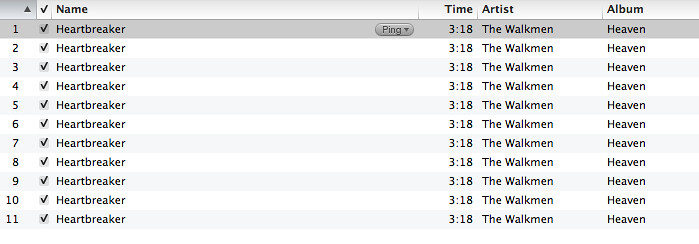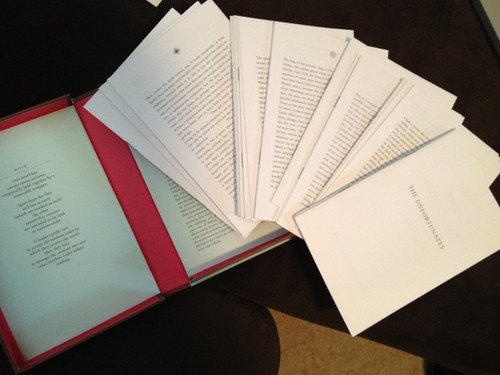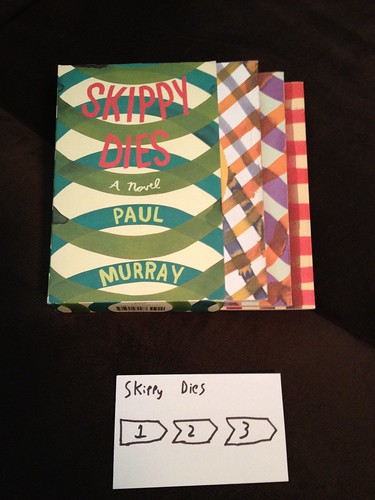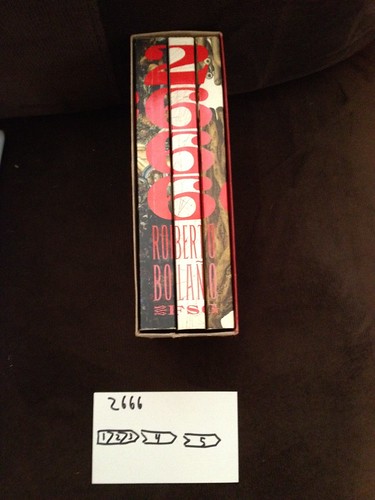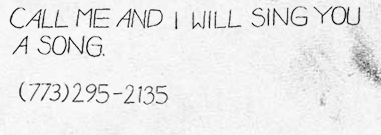
I am thrilled to announce the release of my first book, Critical Foundations in Young Adult Literature: Challenging Genres, from Sense Publishers.
Here is the book description:
Young Adult literature, from The Outsiders to Harry Potter, has helped shape the cultural landscape for adolescents perhaps more than any other form of consumable media in the twentieth and twenty-first century. With the rise of mega blockbuster films based on these books in recent years, the young adult genre is being co-opted by curious adult readers and by Hollywood producers. However, while the genre may be getting more readers than ever before, Young Adult literature remains exclusionary and problematic: few titles feature historically marginalized individuals, the books present heteronormative perspectives, and gender stereotypes continue to persist.
Taking a critical approach, Critical Foundations in Young Adult Literature: Challenging Genres offers educators, youth librarians, and students a set of strategies for unpacking, challenging, and transforming the assumptions of some of the genre’s most popular titles. Pushing the genre forward, Antero Garcia builds on his experiences as a former high school teacher to offer strategies for integrating Young Adult literature in a contemporary critical pedagogy through the use of participatory media.
Table of Contents
Preface. Young Adult Literature Comes of Age: The Blurring of Genre
in Popular Entertainment [Written by Paul Thomas]Introduction. Reading Unease: Just Who, Exactly, Is Young Adult
Literature Made For?1. Capitalism, Hollywood, and Adult Appropriation of Young
Adult Literature: The Harry Potter Effect2. More than Mango Street: Race, Multiculturalism and YA
3. Outsiders?: Exclusion and Post-Colonial Theory
4. Gender and Sexuality and YA: Constructions of Identity and Gender
5. Pedagogy of the Demonically Possessed: Critical Pedagogy
and Popular Literature6. Grassroots YA: Don’t Forget to Be Awesome
Conclusion. YA and the “Emerging Self”: Looking Ahead at the Genre
and Our Classrooms
When I started writing this book a year and a half ago, my goal was to help educators and librarians make sense of the shifting nature of young adult literature. I attempted to take a theoretical approach to this task while also making theory as accessible for readers as possible. My intention was for readers to be able to utilize feminism or critical race theory or post-colonialism as a means of inciting dialogue in classrooms with youth.
I will be sharing excerpts from the book in the future and would love to engage in constructive dialogue with any readers, YA classes, or preservice teacher educators. The book is part of Sense’s Critical Literacy Teaching Series edited by by Paul Thomas and builds on critical theory to illuminate for teachers, librarians, and preservice teacher educators the ways young adult literature is a genre in flux.
Note: The book details and critiques the capitalist history that created the YA genre. Fittingly, I would highly encourage you to buy as many copies of this book as you possibly can (or at least kindly ask your library to order a copy).







